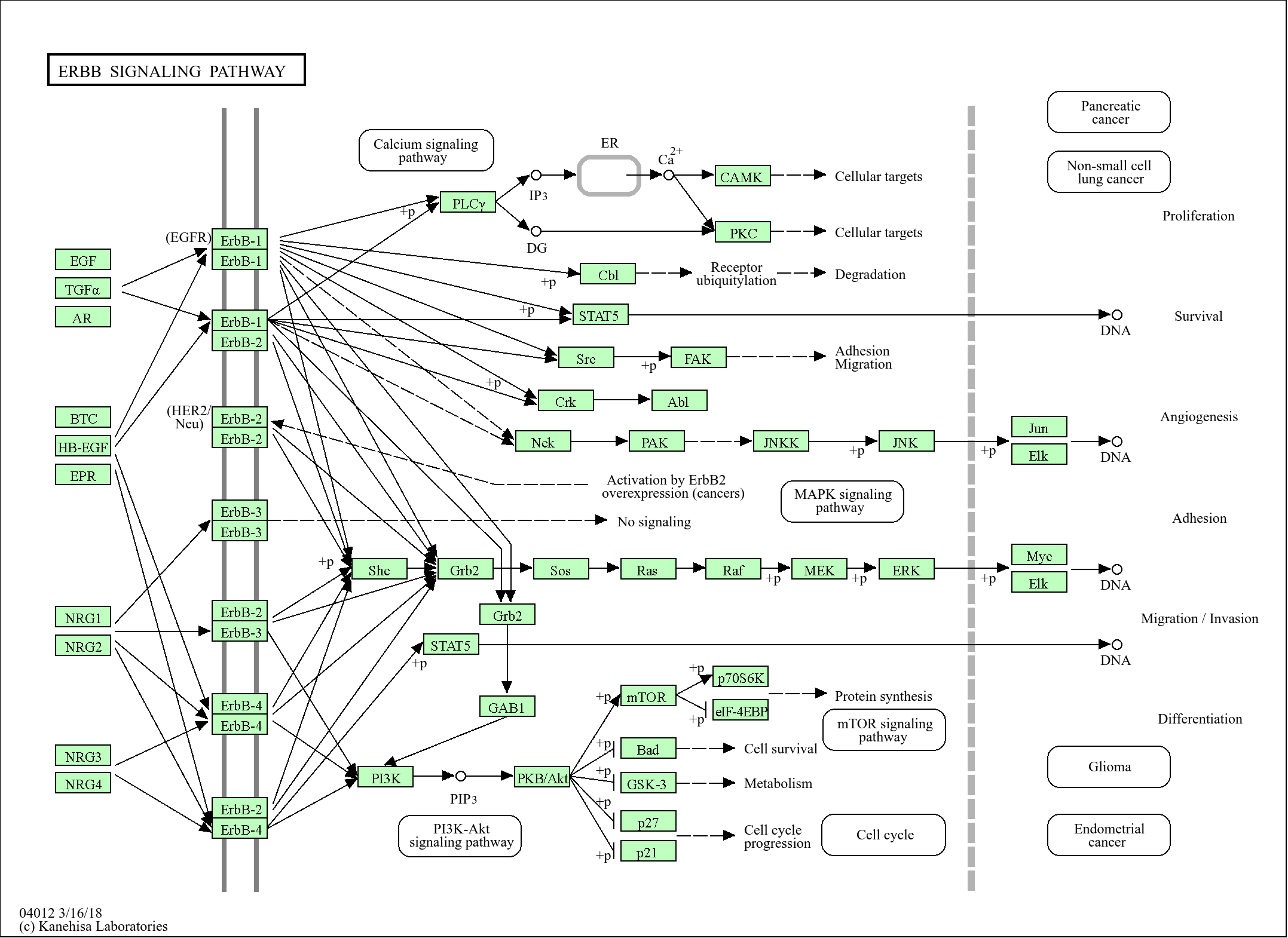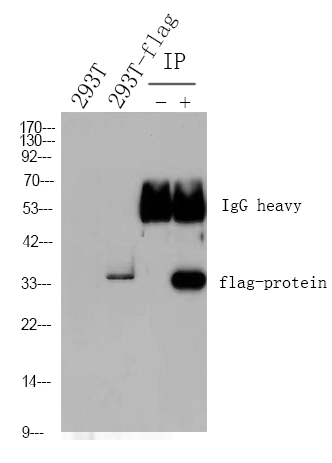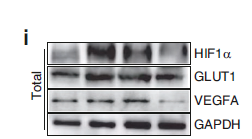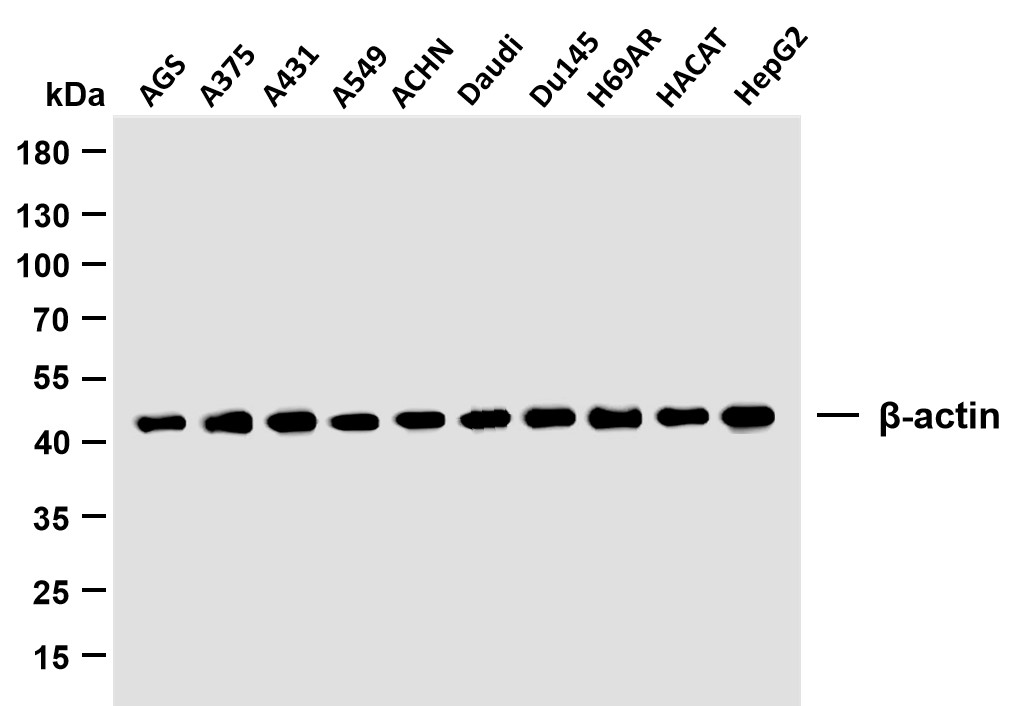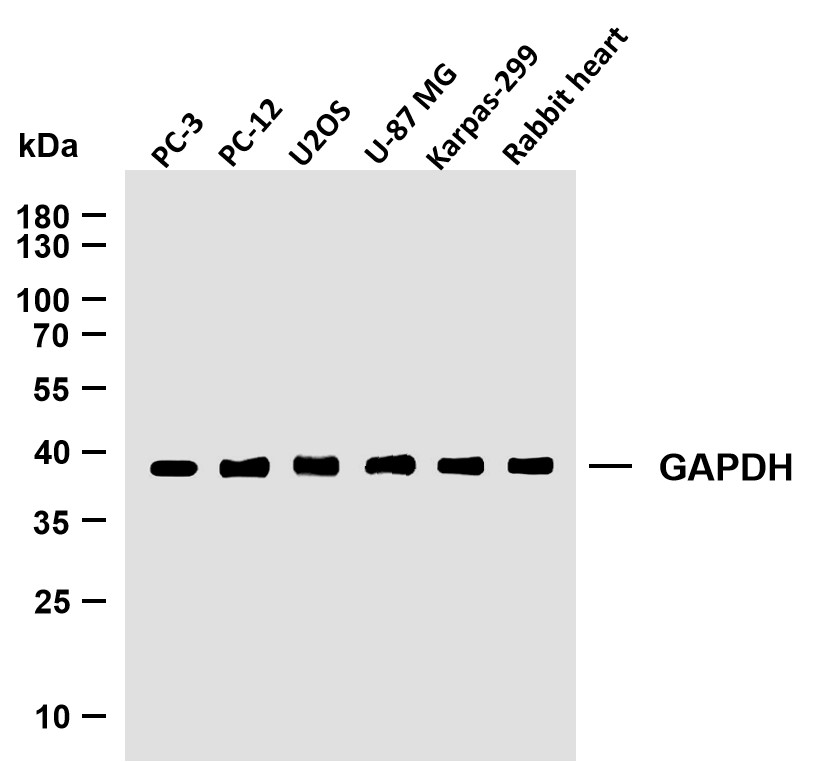
Catalog: YM9105
Size
Price
Status
Qty.
200μL
$600.00
3 weeks
0
100μL
$340.00
3 weeks
0
40μL
$190.00
3 weeks
0
Add to cart


Collected


Collect
Main Information
Target
LOX-1
Host Species
Rabbit
Reactivity
Human, Mouse, Rat
Applications
WB, IHC, IF, ELISA
MW
31kD (Calculated)
55kD (Observed)
Conjugate/Modification
Unmodified
Detailed Information
Recommended Dilution Ratio
IHC 1:200-1:1000; WB 1:500-1:2000; IF 1:200-1:1000; ELISA 1:5000-1:20000;
Formulation
PBS, 50% glycerol, 0.05% Proclin 300, 0.05%BSA
Specificity
Endogenous
Purification
Protein A
Storage
-15°C to -25°C/1 year(Do not lower than -25°C)
MW(Calculated)
31kD
MW(Observed)
55kD
Modification
Unmodified
Clonality
Monoclonal
Clone Number
PT1263R
Isotype
IgG,Kappa
Related Products
Antigen&Target Information
Specificity:
Endogenous
show all
Gene Name:
OLR1 CLEC8A LOX1
show all
Protein Name:
Oxidized low-density lipoprotein receptor 1 (Ox-LDL receptor 1) (C-type lectin domain family 8 member A) (Lectin-like oxidized LDL receptor 1) (LOX-1) (Lectin-like oxLDL receptor 1) (hLOX-1) (Lectin-type oxidized LDL receptor 1) [Cleaved into: Oxidized low-density lipoprotein receptor 1, soluble form]
show all
Other Name:
Oxidized low-density lipoprotein receptor 1 ;
Ox-LDL receptor 1 ;
C-type lectin domain family 8 member A ;
Lectin-like oxidized LDL receptor 1 ;
LOX-1 ;
Lectin-like oxLDL receptor 1 ;
hLOX-1 ;
Lectin-type oxidized LDL receptor 1 ;
OLR1 ;
CLEC8A ;
LOX1 ;
Ox-LDL receptor 1 ;
C-type lectin domain family 8 member A ;
Lectin-like oxidized LDL receptor 1 ;
LOX-1 ;
Lectin-like oxLDL receptor 1 ;
hLOX-1 ;
Lectin-type oxidized LDL receptor 1 ;
OLR1 ;
CLEC8A ;
LOX1 ;
show all
Background:
This gene encodes a low density lipoprotein receptor that belongs to the C-type lectin superfamily. This gene is regulated through the cyclic AMP signaling pathway. The encoded protein binds, internalizes and degrades oxidized low-density lipoprotein. This protein may be involved in the regulation of Fas-induced apoptosis. This protein may play a role as a scavenger receptor. Mutations of this gene have been associated with atherosclerosis, risk of myocardial infarction, and may modify the risk of Alzheimer's disease. Alternate splicing results in multiple transcript variants.[provided by RefSeq, Feb 2010],
show all
Function:
Disease:Defects in OLR1 may be a cause of susceptibility to myocardial infarction [MIM:608557].,Disease:Defects in OLR1 may be associated with susceptibility to Alzheimer disease (AD) [MIM:104300]. Involvement in AD is however unclear: according to some authors (PubMed:12354387, PubMed:12810610 and PubMed:15976314), variations in OLR1 modify the risk of AD, while according to other (PubMed:15000751 and PubMed:15060104) they do not.,Domain:The C-type lectin domain mediates the recognition and binding of oxLDL.,Domain:The cytoplasmic region is required for subcellular sorting on the cell surface.,Function:Receptor that mediates the recognition, internalization and degradation of oxidatively modified low density lipoprotein (oxLDL) by vascular endothelial cells. OxLDL is a marker of atherosclerosis that induces vascular endothelial cell activation and dysfunction, resulting in pro-inflammatory responses, pro-oxidative conditions and apoptosis. Its association with oxLDL induces the activation of NF-kappa-B through an increased production of intracellular reactive oxygen and a variety of pro-atherogenic cellular responses including a reduction of nitric oxide (NO) release, monocyte adhesion and apoptosis. In addition to binding oxLDL, it acts as a receptor for the HSP70 protein involved in antigen cross-presentation to naive T-cells in dendritic cells, thereby participating in cell-mediated antigen cross-presentation. Also involved in inflammatory process, by acting as a leukocyte-adhesion molecule at the vascular interface in endotoxin-induced inflammation. Also acts as a receptor for advanced glycation end (AGE) products, activated platelets, monocytes, apoptotic cells and both Gram-negative and Gram-positive bacteria.,induction:By inflammatory cytokines such as TNF-alpha, IFN-gamma, IL-6 and by pathological conditions such as hyperlipidemia, hypertension and diabetes mellitus. Up-regulated in atherosclerotic lesions, by oxLDL, reactive oxygen species and fluid shear stress, suggesting that it may participate in amplification of oxLDL-induced vascular dysfunction.,online information:Oxidized LDL receptor,PTM:N-glycosylated.,PTM:The intrachain disulfide-bonds prevent N-glycosylation at some sites.,similarity:Contains 1 C-type lectin domain.,subcellular location:A secreted form also exists.,subunit:Homodimer; disulfide-linked. May form a hexamer composed of 3 homodimers. Interacts with HSP70.,tissue specificity:Expressed at high level in endothelial cells and vascular-rich organs such as placenta, lung, liver and brain, aortic intima, bone marrow, spinal cord and substantia nigra. Also expressed at the surface of dendritic cells. Widely expressed at intermediate and low level.,
show all
Cellular Localization:
Cell membrane; Lipid-anchor. Cell membrane; Single-pass type II membrane protein. Membrane raft. Secreted. A secreted form also exists. Localization to membrane rafts requires palmitoylation.
show all
Research Areas:
>>PPAR signaling pathway ;
>>Phagosome ;
>>Lipid and atherosclerosis
>>Phagosome ;
>>Lipid and atherosclerosis
show all
Signaling Pathway
Reference Citation({{totalcount}})
Catalog: YM9105
Size
Price
Status
Qty.
200μL
$600.00
3 weeks
0
100μL
$340.00
3 weeks
0
40μL
$190.00
3 weeks
0
Add to cart


Collected


Collect
Recently Viewed Products
Clear allPRODUCTS
CUSTOMIZED
ABOUT US
Toggle night Mode
{{pinfoXq.title || ''}}
Catalog: {{pinfoXq.catalog || ''}}
Filter:
All
{{item.name}}
{{pinfo.title}}
-{{pinfo.catalog}}
Main Information
Target
{{pinfo.target}}
Reactivity
{{pinfo.react}}
Applications
{{pinfo.applicat}}
Conjugate/Modification
{{pinfo.coupling}}/{{pinfo.modific}}
MW (kDa)
{{pinfo.mwcalc}}
Host Species
{{pinfo.hostspec}}
Isotype
{{pinfo.isotype}}
Product {{index}}/{{pcount}}
Prev
Next
{{pvTitle}}
Scroll wheel zooms the picture
{{pvDescr}}

